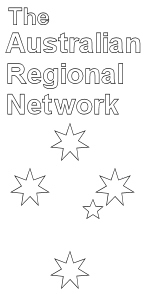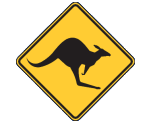The Tweed Local History
Local History of Tweed, New South Wales, Australia
Aboriginal People
The Tweed region is part of the traditional land of the Bundjalung Nation, which has inhabited the area for thousands of years. The Bundjalung are a diverse group of clans and language groups, united by a common ancestry, culture and language. They lived in harmony with the land, using a range of hunting, fishing and gathering techniques. The Tweed River and its tributaries provided an abundant source of food, including fish, shellfish and turtles.


European Settlement
European settlement of the Tweed region began in the mid-19th century, following the exploration of the area by British navigator James Cook in 1770. The first European to explore the Tweed River was John Oxley in 1823, who named it after the River Tweed in Scotland. The region was opened up for settlement in the 1860s, and timber getters and farmers began to move in.


Growing Industries
The Tweed region became known for its agriculture, particularly sugar cane, which was introduced in the 1870s. Other crops included bananas, pineapples, and dairy farming. The fishing industry also grew, with oysters, prawns, and fish being caught in the Tweed River and offshore. The Tweed Heads region, on the border with Queensland, became a popular holiday destination in the early 20th century, and tourism became an important industry.


Modern Times
The Tweed region has continued to grow and develop in modern times. The Tweed River has been dammed to create a water supply and hydroelectricity, and the region has become increasingly urbanised. The area has also seen a growth in alternative industries, such as eco-tourism, and the arts scene has flourished. The Tweed Regional Gallery and Margaret Olley Art Centre, located in Murwillumbah, is a popular attraction.




















